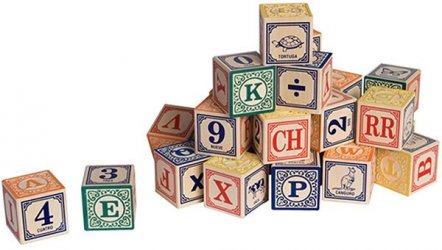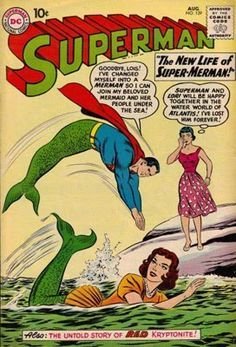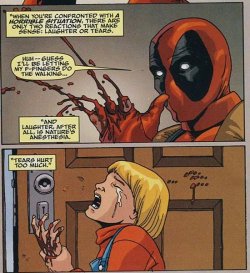- Sep 22, 2013
- 4,956
- 250
- 85
There are two special American comic book characters that capture our artistic fascination with self-image.
Comic books are a great medium, since they are like modern hieroglyphs of society daydreams.
Two American comic book characters, Phantom (a sleek and wily Earth defender) and Toyman (a diabolical super-terrorist controlling various bombs that look like toys) capture our curiosities about self-control.
Coordinating such art with social dialogue in our age of convenience consumerism access (i.e., eBay, eTrade, etc.) reveals the real human demand for relevant control-paranoia Hollywood (USA) movies such as "Hellraiser" (1987).

Comic books are a great medium, since they are like modern hieroglyphs of society daydreams.
Two American comic book characters, Phantom (a sleek and wily Earth defender) and Toyman (a diabolical super-terrorist controlling various bombs that look like toys) capture our curiosities about self-control.
Coordinating such art with social dialogue in our age of convenience consumerism access (i.e., eBay, eTrade, etc.) reveals the real human demand for relevant control-paranoia Hollywood (USA) movies such as "Hellraiser" (1987).

Last edited:




